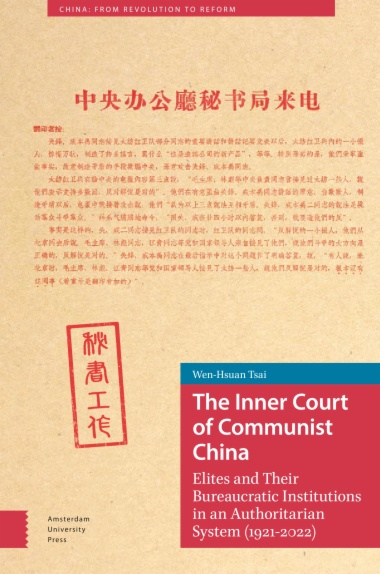

He preached to thousands. Inspired heretics to return to the Church. Performed miracles. Lived in deepest intimacy with Christ.
The story of Saint Anthony of Padua has been told many times. But never like this.
In this compelling biography, Madeline Nugent, CFP, seamlessly unites historical facts with engaging narrative that reads like a novel. She draws on primary sources, scholarly research, time spent in Italy, and interviews with Franciscan experts to vividly present the world of Saint Anthony through the eyes of those who knew him best—and through the words of Anthony himself.